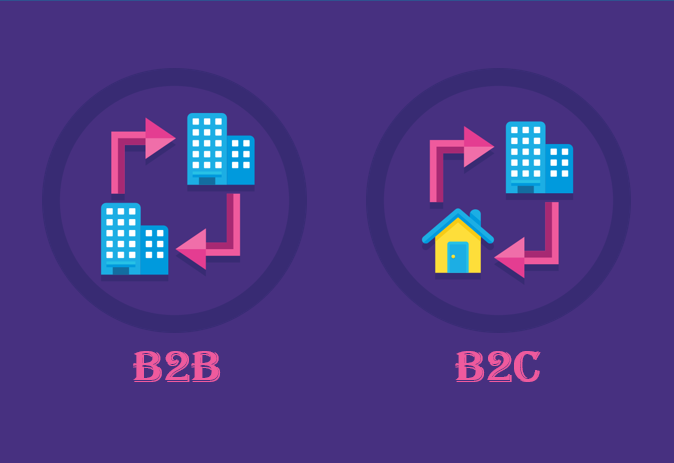If you work in IT, you might know about a concept called “patching.” Patching occurs when you need to update a computer program or any supporting data. This patch updates, fixes, or improves it.
It’s normal to expect that you’ll need to patch a computer program. If someone writes a program, they will probably test it quite a bit before allowing the public access to it. However, bugs might appear as time passes, and the creator will need to patch the program or supporting data when that happens.
A concept called cloud patch management also exists, and that’s what we’ll talk about right now. Even if you don’t work directly in IT, it’s helpful to know about it. When your company’s IT department talks about this, you’ll know what they mean.
What Precisely is Cloud Patch Management?
When someone comes out with a new computer program and lets the public access it, they might make the program open source. If they do, that means the public can modify the program as they see fit. Public program users can develop patches for it if they so desire.
If you’re not looking at an open-source program, it’s up to the designer to patch it when bugs appear. If the programmer allows companies or individuals to use the program and charges them money for it, that’s what those in IT call a software as a service model, which they abbreviate as SaaS.
The term cloud patch management means that someone has decided to use cloud-based tools to apply or manage the most recent software updates. That might apply to laptops, desktop computers, and even servers that an organization or business entity uses. Cloud patch management might apply to open-source programs or not.
Why Use It?
In general, a person or business will apply a patch when a bug shows up because they want to prevent hackers from accessing their sensitive data. Patch management combats software vulnerability. If you don’t patch any software errors, successful cyberattacks are a lot more likely.
The reason why cloud patch management is so popular these days is essentially the same reason why you’d use the cloud for just about anything else. Anything cloud-located is usually a lot more secure and less prone to data leaks and cyberthreats. If you use the cloud, you’re also not facing as much risk for hardware failures.
When you combine the two concepts, you get patching that takes place in the cloud, where you can effectively centralize it. This is the optimal way to keep your business entity’s servers, laptops, desktops, and any additional devices vulnerability-free.
You will see many of the largest companies, like Microsoft or Adobe, write new code and apply it this way. They constantly modify their existing programs through cloud-based patching.
Is Cloud Patch Management the Same as Vulnerability Management?
If you talk to someone in IT about cloud-based patch management, they also might bring up vulnerability management. They’re related, but not the same thing.
Cloud-based patch management refers to the specific act that we’ve already described. Vulnerability management is a broader term.
Vulnerability management is the general process a company might use to discover what assets are on their network. During this process, they will also categorize the assets and report any security vulnerabilities they believe a hacker could target.
Often, a company will look into vulnerability management at the same time they instruct their IT department to do cloud-based patching. These processes are both a part of regular maintenance the business will conduct. If they have many online or digital assets, including a website, various computer programs they use, an app, a software suite on which their employees communicate, etc., they might overhaul all of them at the same time.
Cloud patch management and vulnerability management might both take place over a period of days, weeks, or even months. It’s a longer and more involved process the larger the company is and the more assets they have under their banner.
If they have an enormous website because they provide all kinds of products and services, for instance, they’re liable to have a larger IT department. Their vulnerability management will take longer and probably cost more.
At the same time, the more software programs they use, the more they’ll need cloud-based patch management. If you’re not using the cloud as part of your company’s patch management, it’s probably time you looked into it. It can help you remain compliant and reduce hacker attack risks.




